Hello Friends! And happy day. I hope wherever you are in the world that you can make time to be outside this weekend–even if it rains!, enjoying all of the gifts Mother Nature offers us on a regular basis. Perhaps on this Earth Day, we can return the favor.
If you live locally here in western NC, I invite you to come out and see me this weekend. I’ll be in Montreat on Saturday selling cards and native plants with my friend Kim Bailey. More information below.
Here are a few small changes everyone can make that can make a huge difference.
- OFFER A WATER SOURCE Birds, bees, and other small animals need water: why not put out a bath or shallow pool in your yard? As you probably already know every living thing needs 4 things to thrive and survive. Those are food, water, shelter and space. Water, especially in the heat of the summer, is often difficult to find if you live outside and don’t have the luxury of turning a knob on a faucet. Offering a bird bath is an easy thing everyone can do. And if you want to make it friendly to small animals too, like our native bees, or butterflies, put out a small bowl or shallow tin filled with small marbles or pebbles. Adding a solar sprayer or mister may attract more birds.
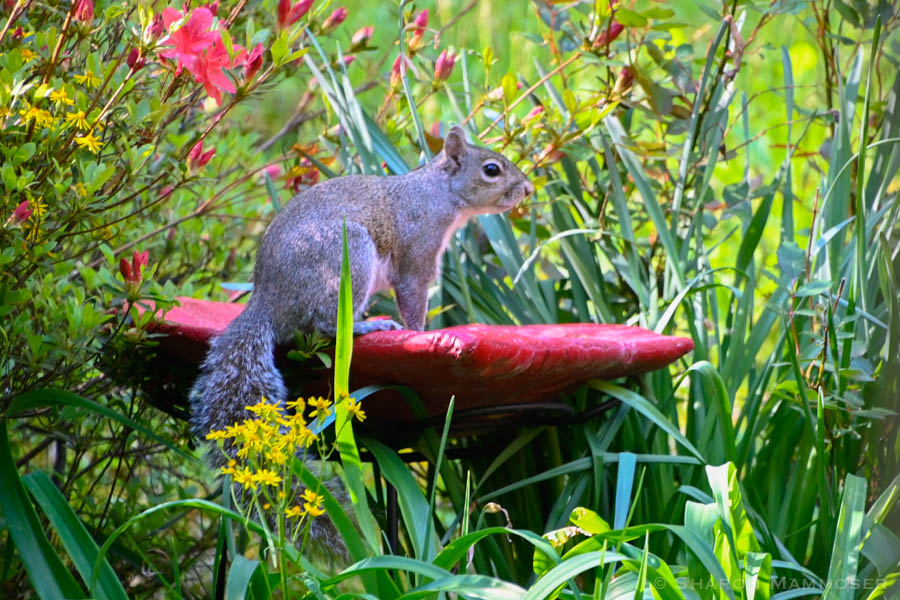
2. JOIN HOME GROWN NATIONAL PARK This is an initiative started by Biologist and Author Doug Tallamy. It is a “grassroots call-to-action for everyone to regenerate biodiversity and ecosystem function by planting native plants and creating new ecological networks.” To join, you can be a homeowner or renter, you just need to offer some native plants to create a habitat animals of all sizes can safely utilize.
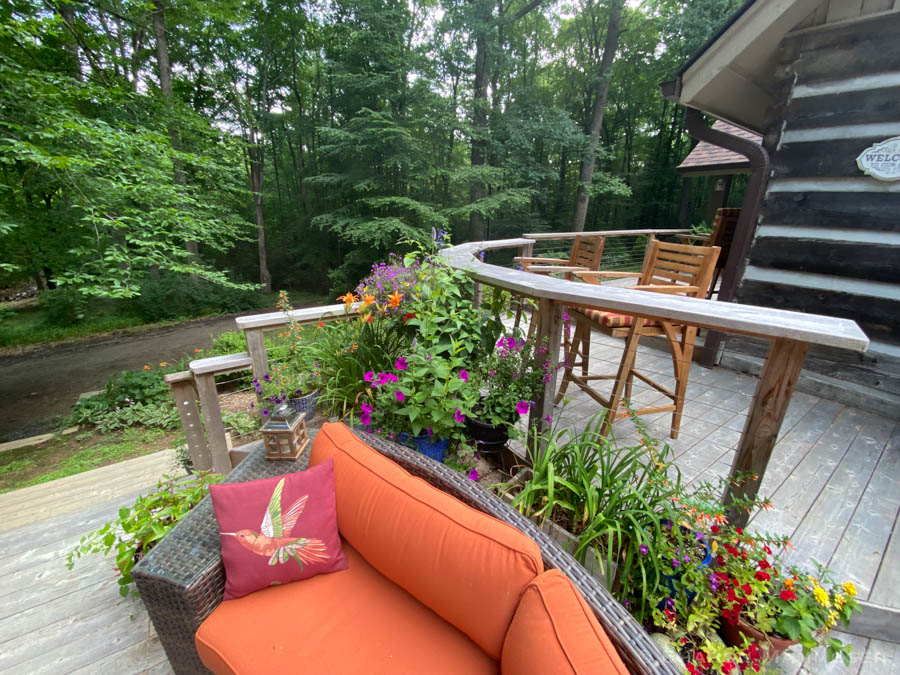
3. PLANT SOMETHING NATIVE. There are tons of great native plants for wherever YOU live. It’s not impossible to make your yard, or deck, look nice, but also offer something useful to the birds, bees, butterflies and other animals. Let’s change the way we garden and start thinking of the animals and plants who share our spaces with us, rather than choosing something strictly because it’s pretty. Home Grown National Park website offers some amazing resources that every homeowner or renter can use to find and choose native plants. If you live locally here in western NC, I’d love to see you this weekend. I’l be out at the Montreat plant sale and Arbor Day celebration with Kim Bailey of Milkweed Meadows Farms from 9-2. If you’re looking for native plants that you can count on to be neonictinoid-free, this is the place!! We hope to see you there!!
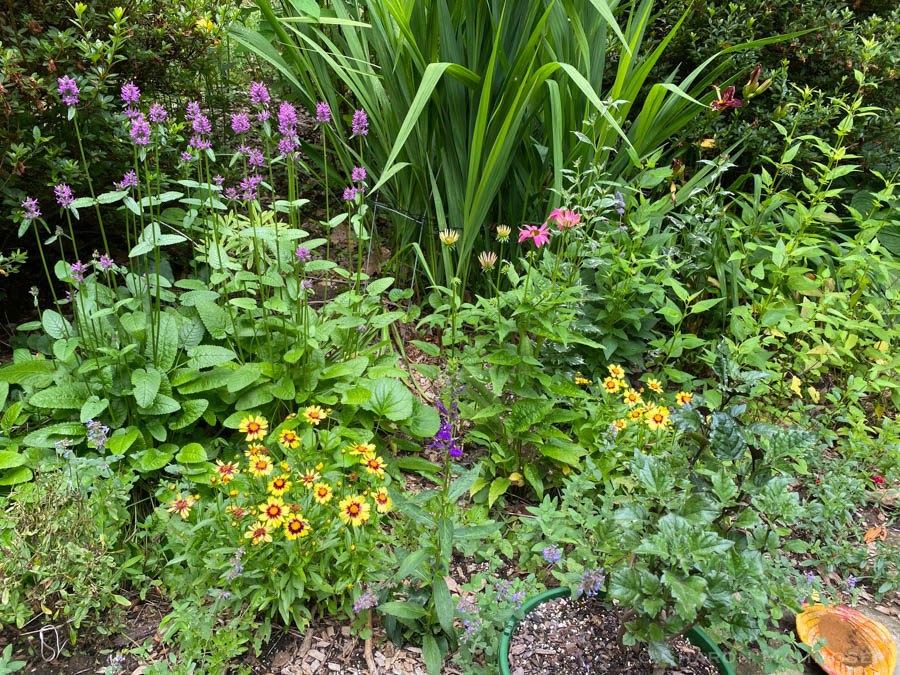
4 TURN OFF YOUR LIGHTS AT NIGHT This may be the easiest thing to do, EVER! It’s so easy, just flip the switch to off. Or, if you want, put your outdoor lights on motion sensors so they just come on when you’re actively using or needing them. Almost all living things are negatively affected by outdoor lights at night. It messes with their circadian rhythms, makes it hard or impossible for reproducing, causes death of many insects like moths before they can find mates, shortens the life of trees, repels bats, and on and on. Turing off YOUR outdoor lights at night will make a big difference to all of the plants, animals, and even fellow humans, that live nearby. We humans can get away from the lights by closing the doors, shutting the blinds, or flipping a switch. Animals don’t have the same luxury and must live with this constant nighttime light.
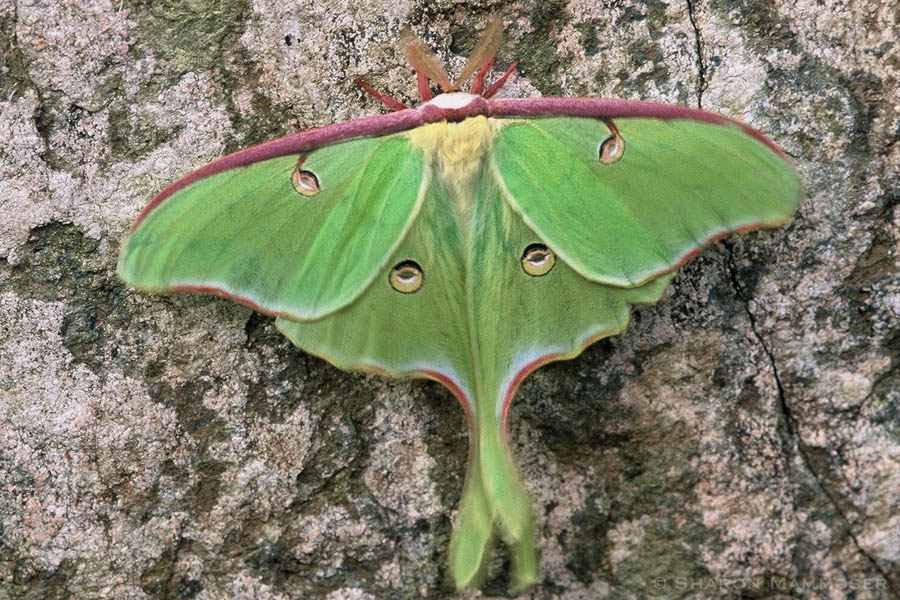
5. LEAVE SOME LEAF LITTER There are many animals who must have leaf litter for part of their lifecycle. Do you like fireflies? Before fireflies are adults, they are larvae living in the leaf litter. They may live in the leaf litter for up to two years before becoming adults. If all the leaf litter is raked up, chopped up, or carted away, those firefly larvae will die, and there’ll be no more fireflies there. Do you like birds? 98% of our songbirds require insects when raising their young. Guess what? Many, many insects require leaf litter for part of their lifecycle, including many moths. Moths somehow have gotten a bad reputation, but rest assured, moths, like butterflies, are highly variable, can be beautiful, and are essential in our food webs. Their caterpillars are among the most sought-after food source for many of those same songbirds that you welcome into your yard. Salamanders, frogs, lizards, and many other animals use the leaf litter too. If you can’t leave the leaves where they fall, rake them up and dedicate a space to be “wild” in your yard, perhaps around your trees or in an-out-of-the-way place.
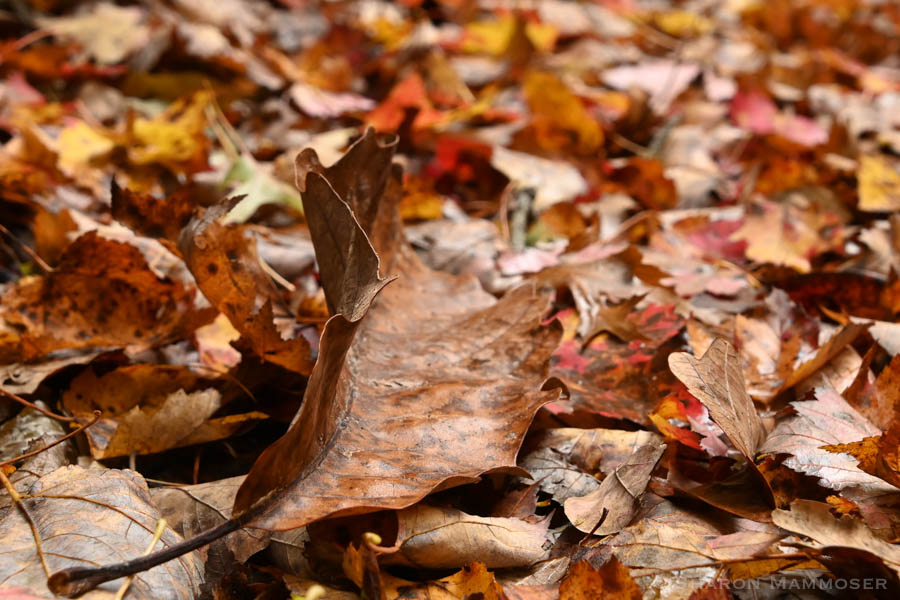
6. COMMIT TO A PESTICIDE-FREE SPACE Make your yard a safe-zone for all of the birds, native bees, butterflies, moths, and other insects who use and live in your yards.
7. COMMIT TO GETTING RID OF INVASIVE PLANTS Did you know many invasive plants are still sold at local nurseries and garden centers and that these same plants are escaping into wild spaces and threatening the health of entire ecosystems? It’s not an exaggeration to say that the list of invasive plants is REALLY, really long. Many people think, “What’s the big deal? I’m just putting it in MY yard!! I’m not planting it in the forest!” But perhaps these people don’t realize that a plant in your yard can easily “move” to other spaces via birds pooping out the seeds elsewhere. An example is the Paulownia or Empress Tree. In western NC this tree is blooming right now, with gorgeous purple flowers.
But ONE Paulownia tree can grow up to 20 feet in one year, and guess what? ONE tree can produce more than 2,000,000 (2 MILLION!!) seeds!! Invasive plants like this are displacing native plants that native wildlife depends on.
We can all work together to be part of the solution, and not the problem simply by committing to not buy and get rid of any invasive plants in our yards. It’s one small thing everyone can do that will make a big difference.
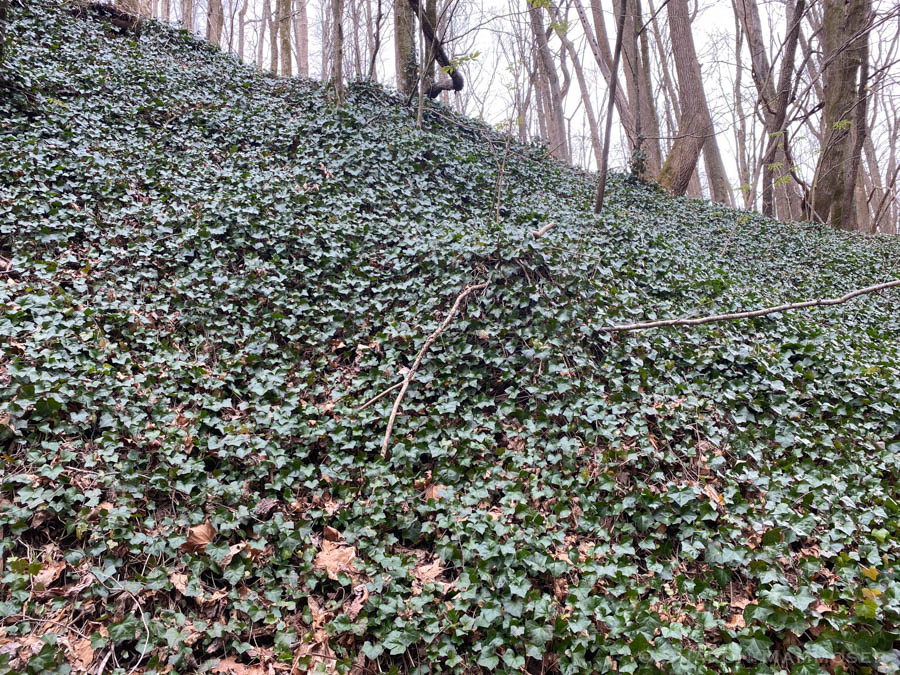
Of course the list could go on and on. But this is a good starting place. What ideas would you add? What things have you done in your yards to make them more wildlife friendly? Use the comment box below the post. I’d love to hear from you!
Have a great weekend! Perhaps I’ll see you at Montreat?

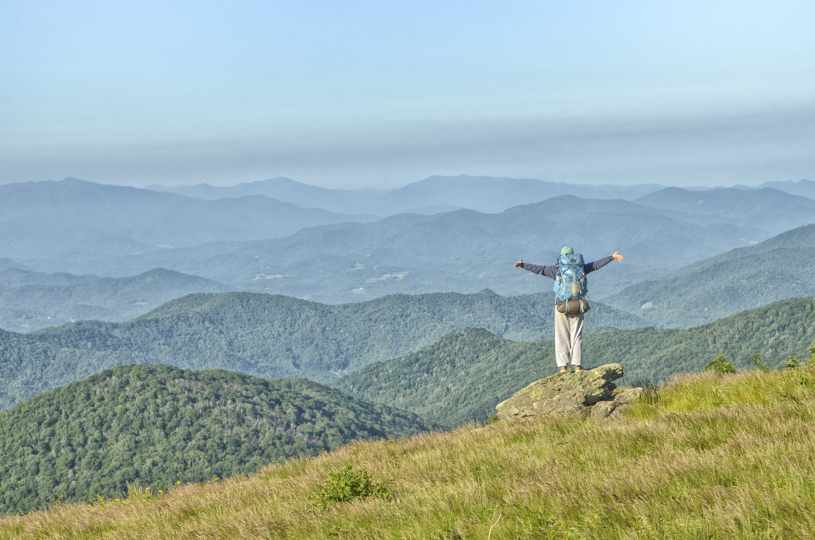
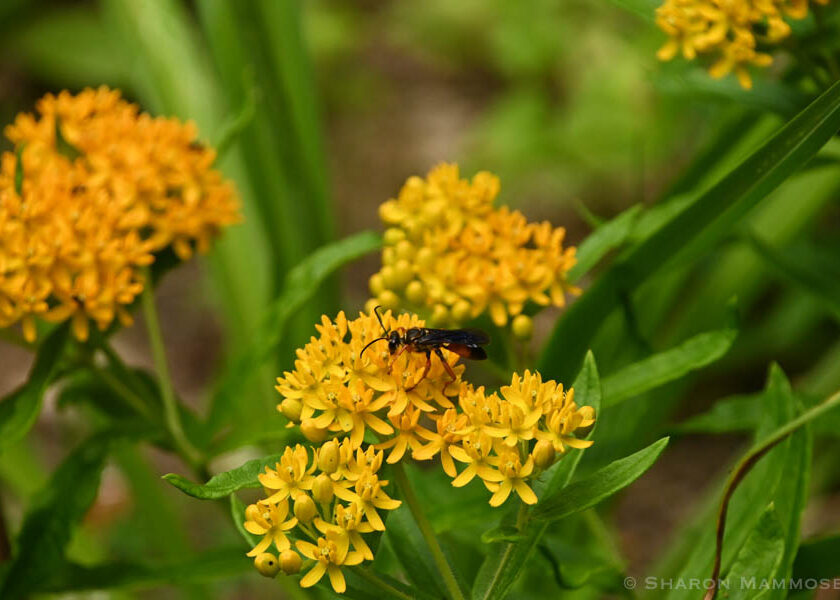
I like gardening, especially when many butterflies or wild animals come to my yard, I feel that nature is really beautiful.
Nature IS really beautiful! Thanks for adding beauty to the world with your gardening.
Happy Earth Day!!!!
Thanks Renee, and to you too. Happy weekend